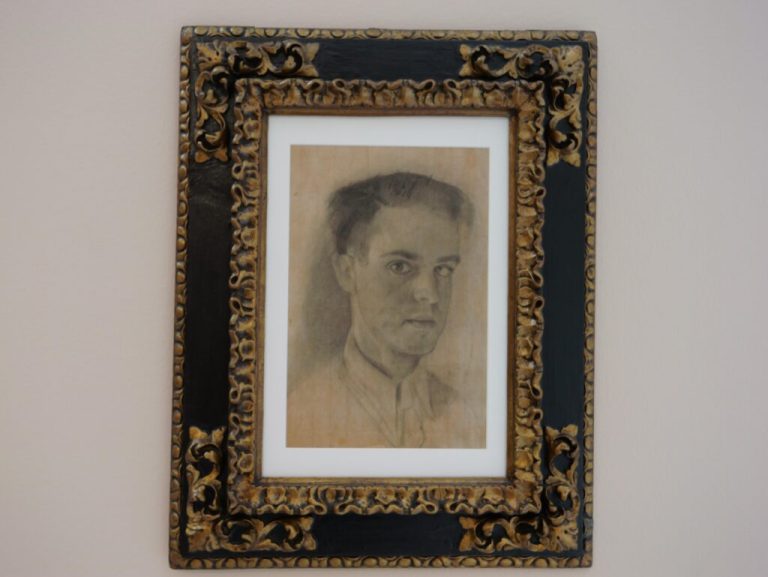Madrid,
If the literary exercise consisting of narrating, without any ostentation, the gradual breakdown of couples, families or countries in which, apparently, placidity reigns could have a visual translation, we would find it in the photography of the South African David Goldblatt, who in seventy years Throughout his career he documented, first in black and white and then in color, his country and its people, to whom he felt very committed. Apartheid is the central issue of most of his output, but he never directly captured its impact and the protests it sparked, but rather the atmosphere of pain and domination that marked that stage in South Africa's history; Since the complaint is not evident in his images, it is the viewer who has to draw conclusions from him.
Coinciding with the arrival in Madrid of her anthology by Consuelo Kanaga, a photographer who also dedicated a good part of her work to the fight against racist prejudices and did so by escaping evidence, the MAPFRE Foundation presents “Without Second Intentions”, a retrospective of her work. by Goldblatt that is organized thematically and not chronologically and that affects his search for the turbulent that underlies where nothing seems to happen, in the complexity of his gaze that, at a first glance at these snapshots, can only convey impartiality, and in the Goldblatt's ties with authors of later generations, whom he explicitly supported, so much so that their creations have also ended up in Madrid. She founded Johannesburg's Market Photo Workshop, a school aimed at providing visual training to disadvantaged students, in 1989.
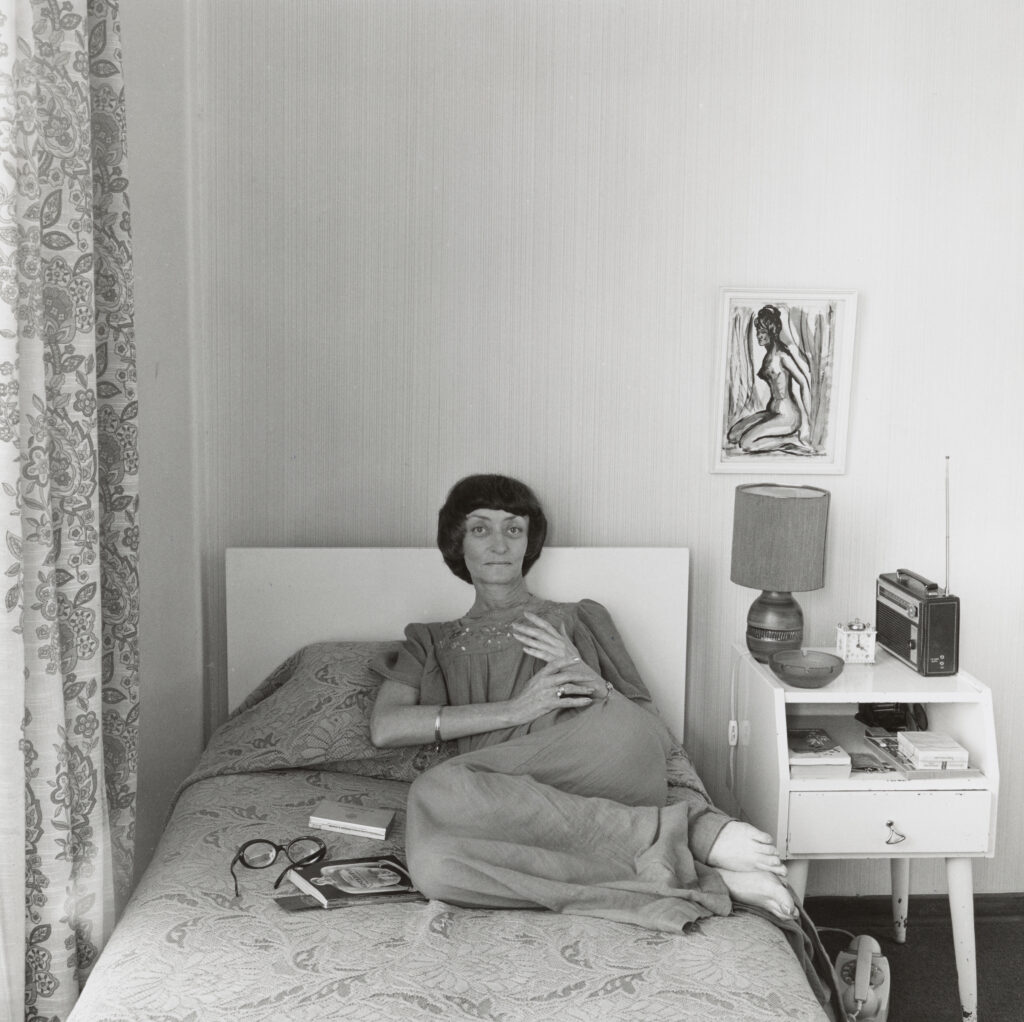
Grandson of refugees of Lithuanian origin, and raised in a Jewish and left-wing family (aspects that also led him to experience forms of discrimination), Goldblatt was born in 1930 in the city of Randsfontein and took his first photos in his youth, while studying Commerce. and he collaborated in his father's store, frequented by Afrikaners, the community of Dutch descent that exercised power and systematically established racism in this country from the forties to the nineties. Upon his death, he sold the establishment – whose clients he sometimes photographed – and decided to dedicate himself entirely to the camera.
He began a career of milestones: he was the first South African author to exhibit at the MoMA in New York (in 1998), he participated in two editions of the Kassel Documenta and the Venice Biennale, he received prestigious awards such as the Hasselblad and the Cartier. -Bresson and in 2016, two years before his death, he was named Knight of Arts and Letters in France. In any case, his objective was, over the decades, to cultivate honest and direct photography that documented the South African reality; The title of this exhibition has been taken from a word advertisement that he published in the press with the aim of being able to confidently approach his neighbors (I would like to photograph people in their homes for free (…). No ulterior motives), but his critical perspective accompanied him at all times.
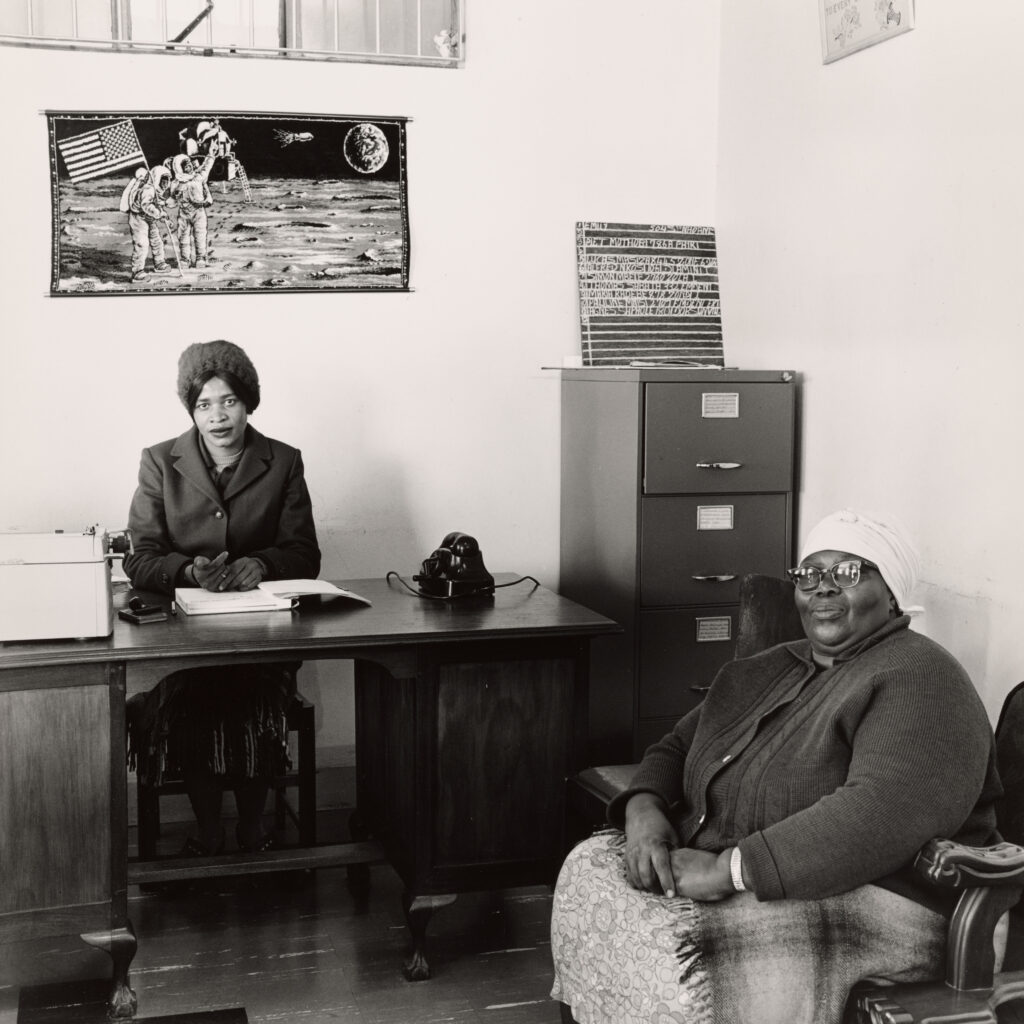
Under the curatorship of Judy Ditner, Leslie M. Wilson and Matthew S. Witkovsky, linked to the Yale University Art Gallery and the Art Institute of Chicago respectively (in the latter institution this proposal could be seen until March), the tour includes a very diverse of human situations and landscapes that, in both theme and style, evolved from 1948 to the 2000s as South Africa, its society and its economy did; Goldblatt's photographs constitute a record, both objective and bloody, of the brutality of apartheid without the need for explicit crudeness. This author explained it very clearly: I flee from violence. And I don't know what I would do if I had to photograph a violent scene (…). But I realized a long time ago – it took me a few years to do so – that the events themselves do not interest me as much as the conditions that lead to these events. These conditions are often quite mundane and yet in them the imminent is appreciated. The immanent and imminent. In this way, it is the viewer who has to sharpen her intuition to detect the attitudes and behaviors that spontaneously implied repression and resistance to her, beyond open confrontation.
I realized a long time ago – it took me a few years to do so – that the events themselves do not interest me as much as the conditions that lead to these events. These conditions are often quite mundane and yet in them the imminent is appreciated.
There are 150 works exhibited in Recoletos, belonging to several of his series, along with models of three of his photobooks, to which he gave great importance, because they allowed him to incorporate words and, thus, context. It is worth remembering that racism was not only his big theme: the fact that Goldblatt was able to operate with the freedom necessary to develop this body of work has a basic relationship with apartheid (he was white). Careful not to suggest a position of authority – and that was already a position – he captured moments of intimacy and relaxation of the white and black population alike, improvised and spontaneous acts and gestures, notes of the underground economy, homes marked by discrimination in its external divisions or the scenes of rage, since the nineties, against the statues of Western personalities who had exploited the country's resources.

In front of Goldblatt's objective passed those expelled from their homes at the beginning of racial segregation to develop new white neighborhoods, the black day laborers and domestic workers who came to them later, the invisible but patent spatial barriers and the closeness in daily circumstances in those for which the law did not impose distances. In some of these latest images it is inevitable to detect irony, given the natural crossing of the segregated in both private and public places.
Another group of photographs sketch, more from a skeptical disbelief than from humor, the fruits on the ground of those laws of impossible language that were continually rewritten: temples of the Dutch Reformed Church that look like fortresses, disintegrated leisure, housing estates that were left unfinished. .
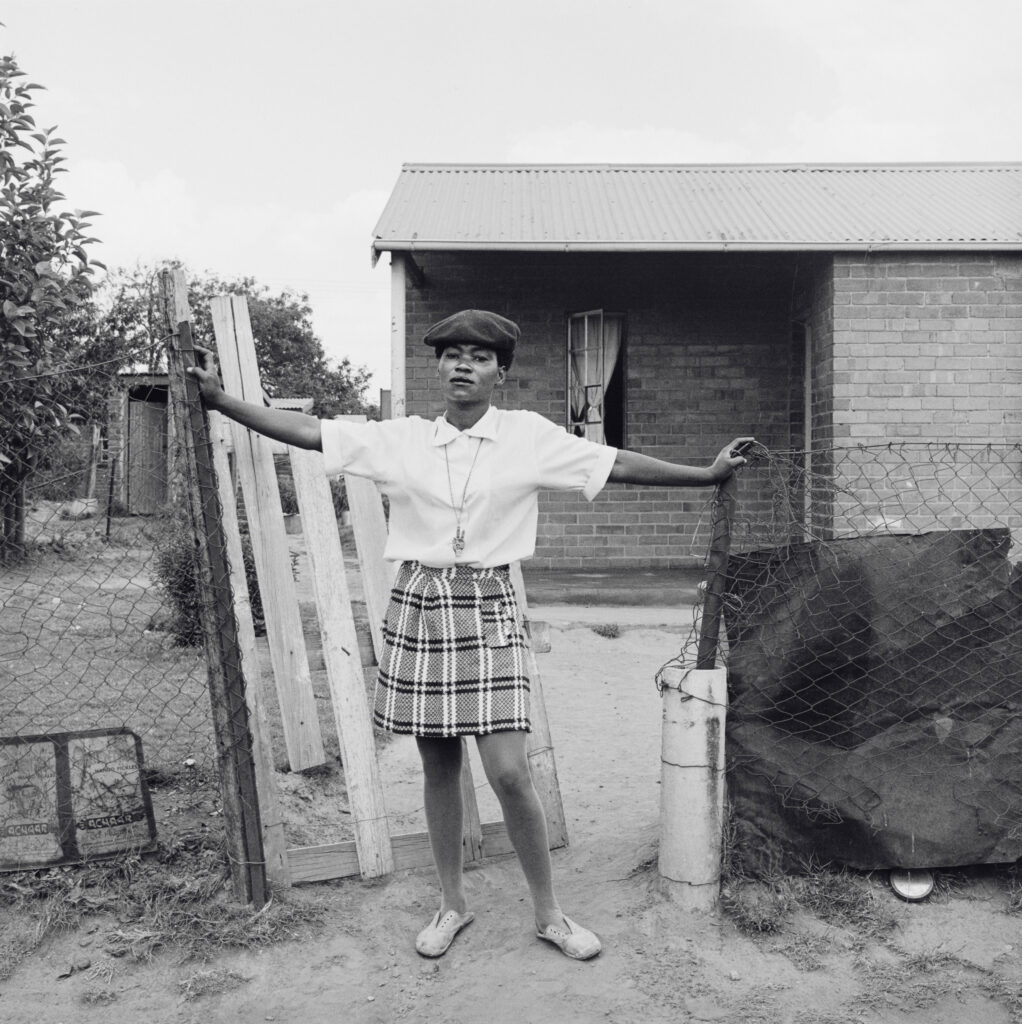
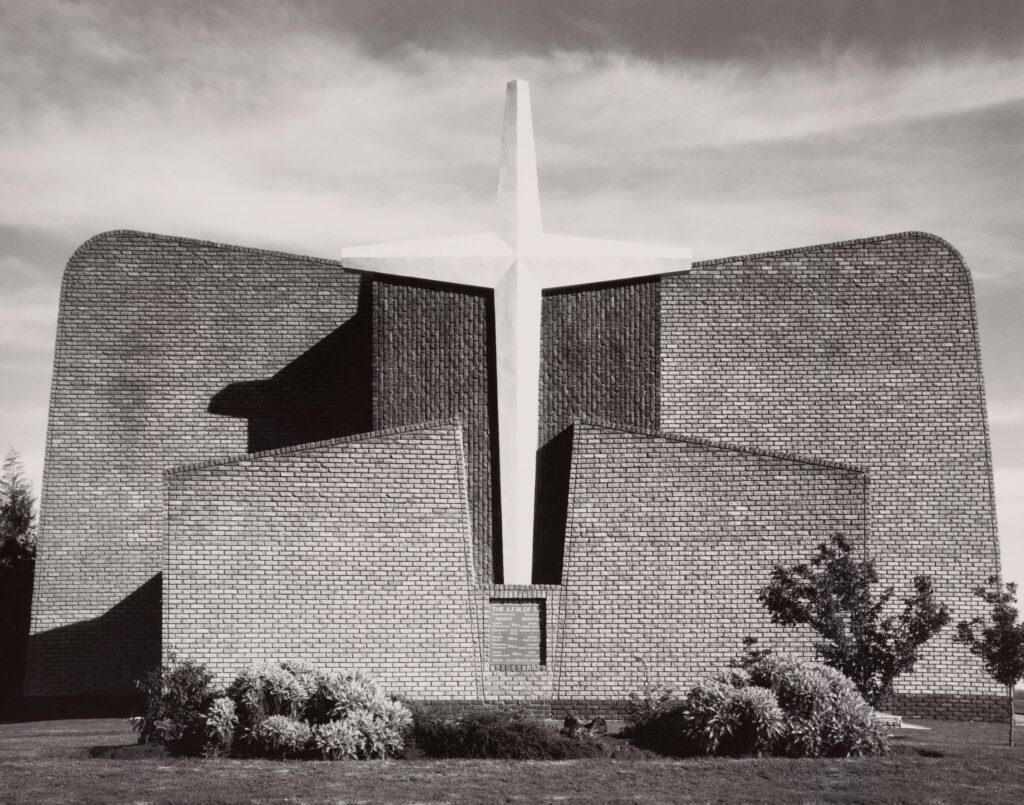
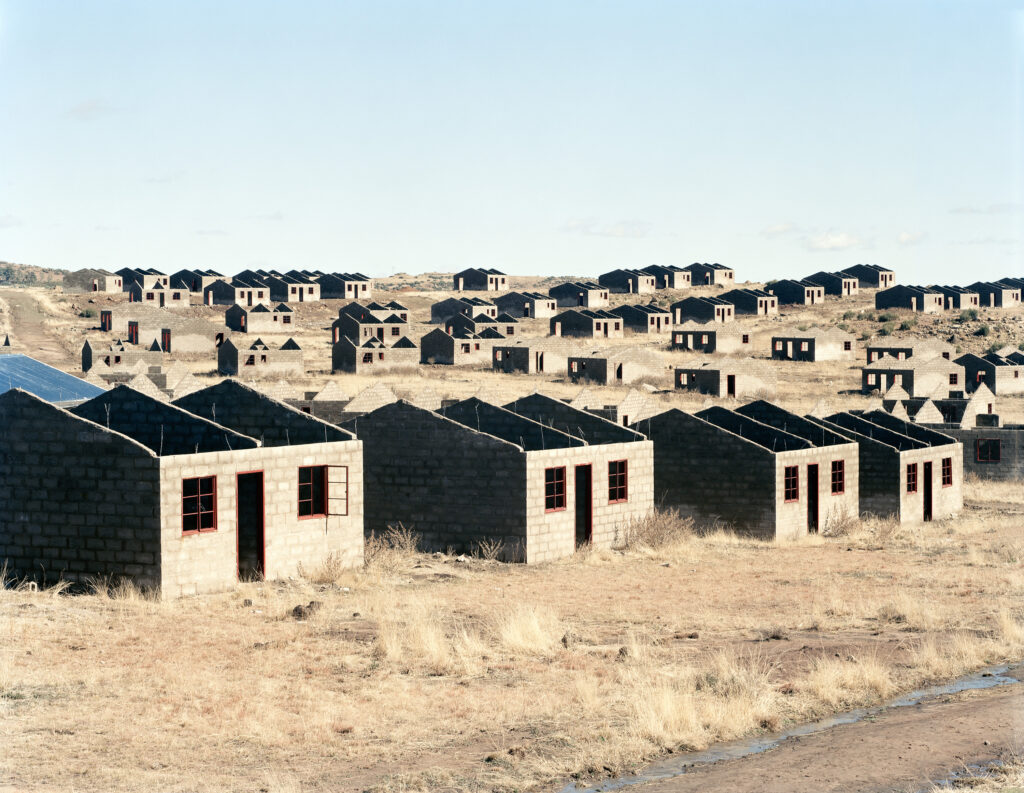
Along with apartheid, another no small issue that marked Goldblatt's career were his environmental concerns, linked to his birth in a mining town and his youth work in what was the largest mining company in South Africa: the Anglo-American Corporation. , for which he carried out advertising and editorial assignments. On his own initiative, and from very different approaches, he captured in an extensive series, On the Mines (1964-1973), how black workers carried out the most dangerous tasks and the enrichment of their white bosses.
He came to photograph underground, with a 35 mm Leica camera, and three decades later, from his desire to question whether the social changes that had taken place were sufficient, he once again found in these scenarios consequences of inequality: the toxic effects of asbestos mining, contact or inhalation of that mineral, fell mainly on black communities. Among the most moving compositions in the Foundation are those dedicated to the burial of 58 miners who died in an accident or the portrait of a woman, a housekeeper, and her two very young children, all of whom died months later due to AIDS.
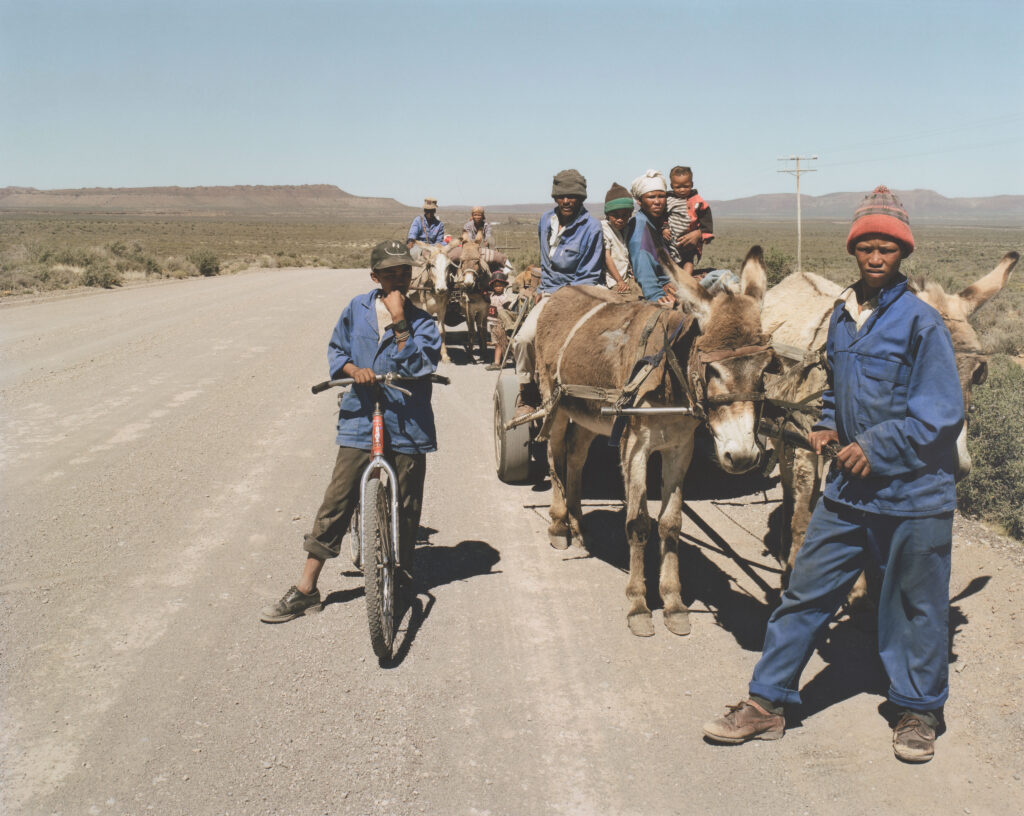
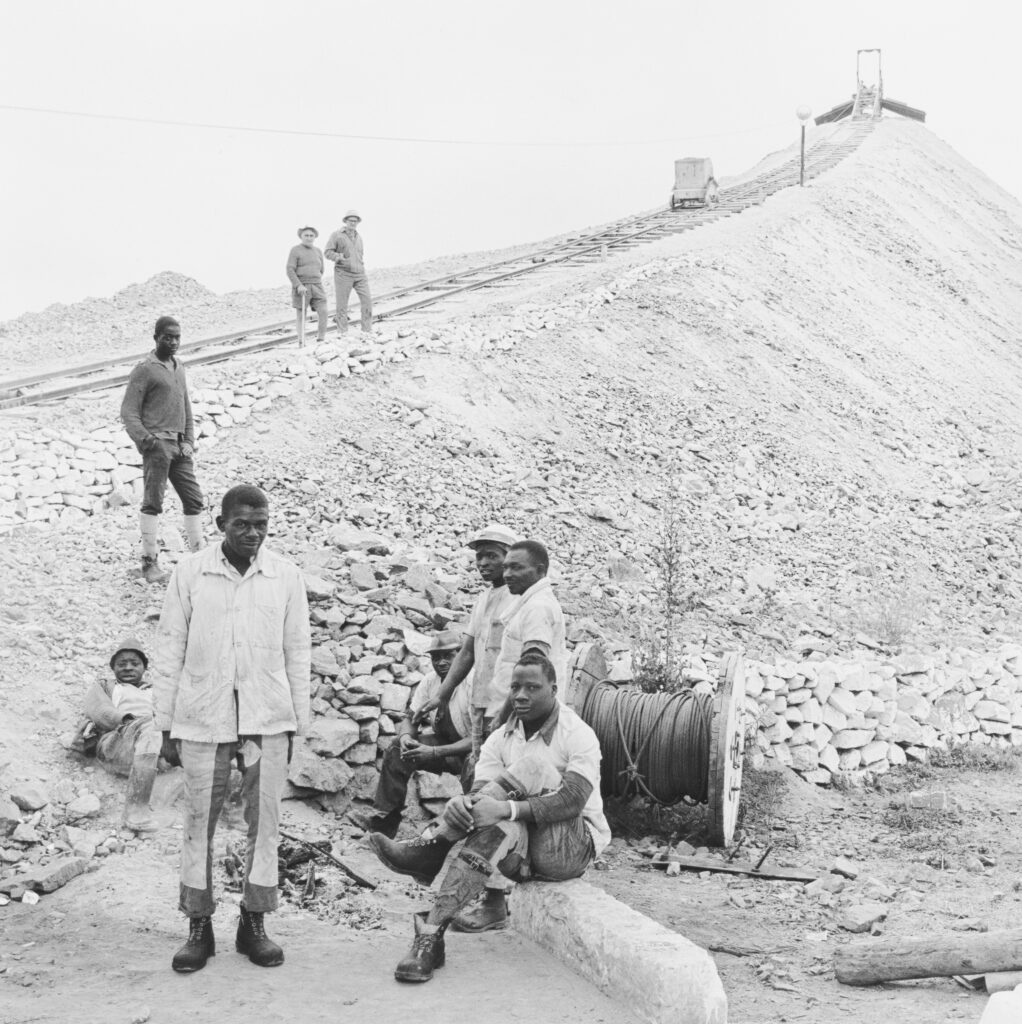
In general, while apartheid survived, Goldblatt used black and white and introduced color at its end, and also large formats, with evidently expressive purposes; but that division is not strict, since he occasionally renounced color after the nineties. If in past decades he avoided acts of rebellion and their violent repression, in his last decades he did address political issues with greater intensity: he portrayed the legislators elected in the elections, then mixed up, or he captured the removal of the statue of Cecil Rhodes from the University of Cape Town.
This last episode is related to many aspects of the current South African context and Goldblatt's own work: Rhodes was a British magnate who obtained great wealth from the exploitation of the local population in mining; Given the student protests for this piece to be torn down, the University organized a committee to study what to do with the works of art on campus that, in the last decade, were problematic and it was decided to eliminate it. Before these events, the photographer had decided to donate his archive to the South African center, but worried about possible future censorship, in 2017 he chose Yale. Njabulo S. Ndebele, now director of that first University, has pointed out the paradox that he was concerned about the survival of his work in a time of theoretical freedom when he had already overcome that of oppression.
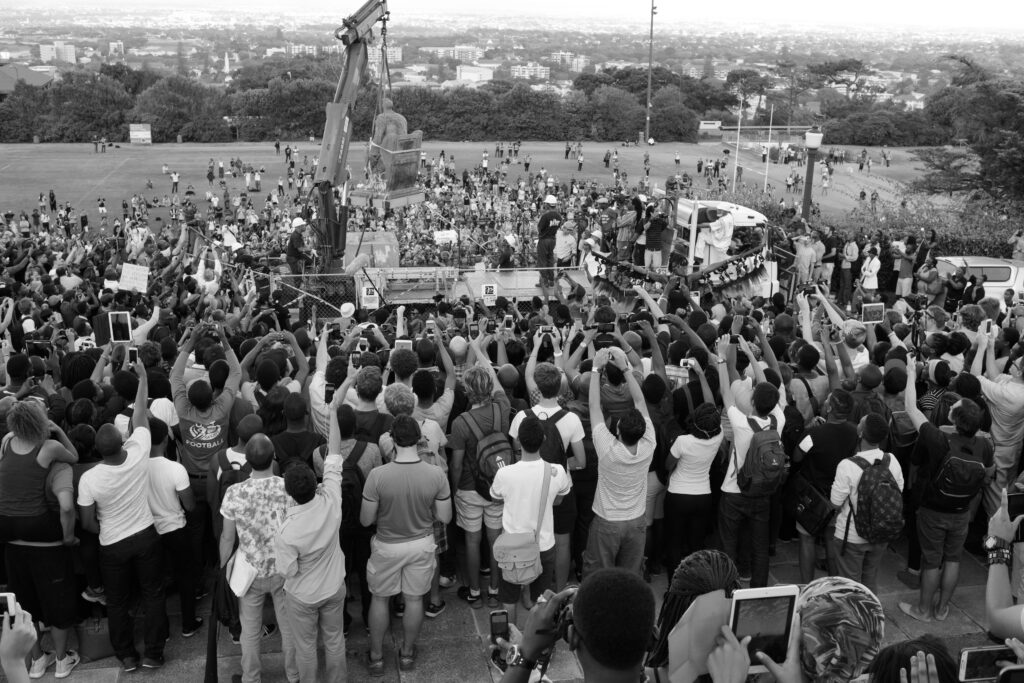
David Goldblatt. “No ulterior motives”
MAPFRE FOUNDATION. RECOLETOS ROOM
Paseo de Recoletos, 23
Madrid
From May 30 to August 25, 2024




